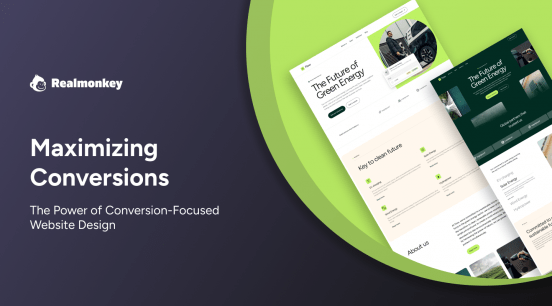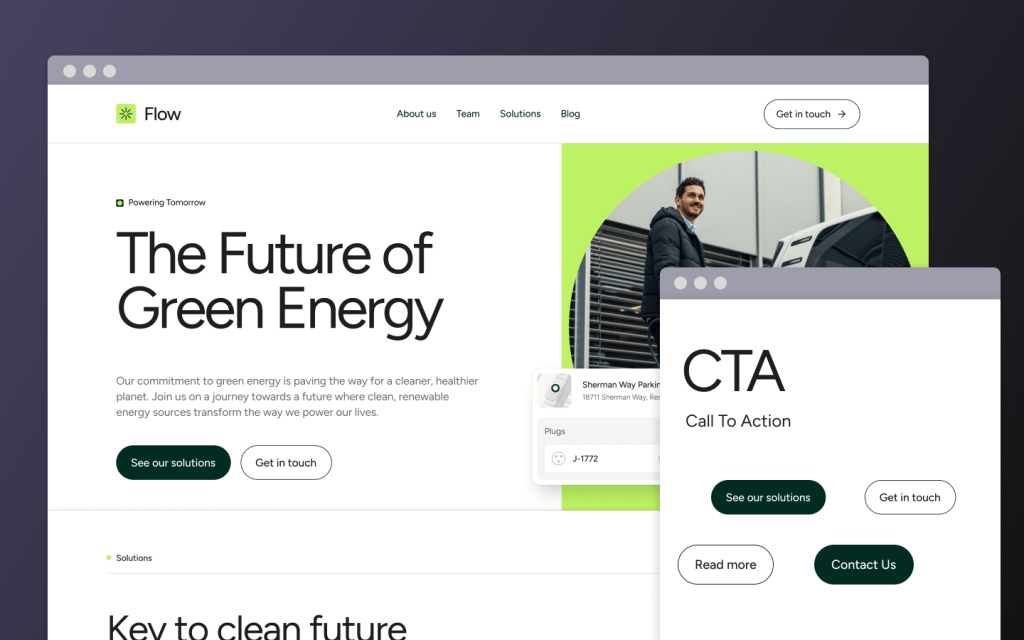In today’s digital landscape, having a visually appealing website is no longer enough to stand out from the competition. Businesses must prioritize user experience and design to maximize conversions. In this blog post, we’ll explore the concept of conversion-focused website design and how it can help businesses drive more leads, sales, and revenue.
What is Conversion-Focused Website Design? Conversion-focused website design is a strategic approach to web design that prioritizes guiding visitors toward taking a specific action, such as making a purchase, signing up for a newsletter, or filling out a contact form. Unlike traditional web design, which may focus solely on aesthetics, conversion-focused design aims to optimize every element of the website to encourage desired user actions.
Key Elements of Conversion-Focused Website Design:
Clear Call-to-Action (CTA)
Every page of a conversion-focused website should feature a prominent and compelling call to action that encourages visitors to take the next step. Whether it’s “Buy Now,” “Sign Up Today,” or “Contact Us,” the CTA should be concise, visually appealing, and strategically placed for maximum impact.
User-Friendly Navigation
A conversion-focused website should have intuitive navigation that makes it easy for visitors to find what they’re looking for. Clear menus, breadcrumbs, and search functionality can help streamline the user journey and reduce friction.
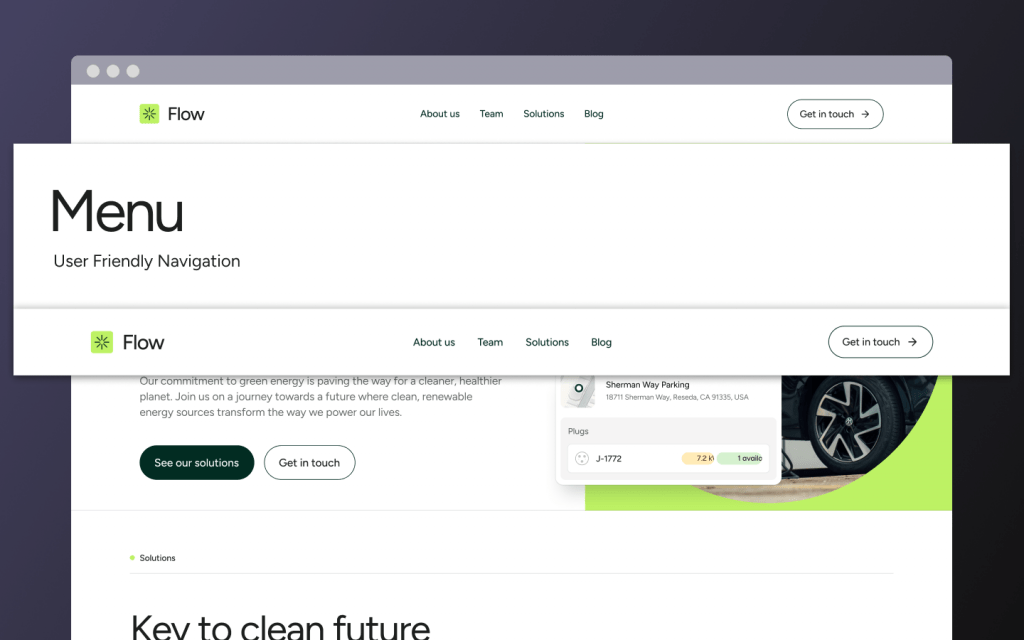
Compelling Copywriting
Persuasive and compelling copywriting is essential for engaging visitors and convincing them to take action. Content should be tailored to the target audience, addressing their pain points, needs, and desires, and highlighting the benefits of the product or service.

Social Proof and Trust Signals
Incorporating social proof elements such as customer testimonials, reviews, case studies, and trust badges can help build credibility and trust with visitors, increasing their likelihood of converting.
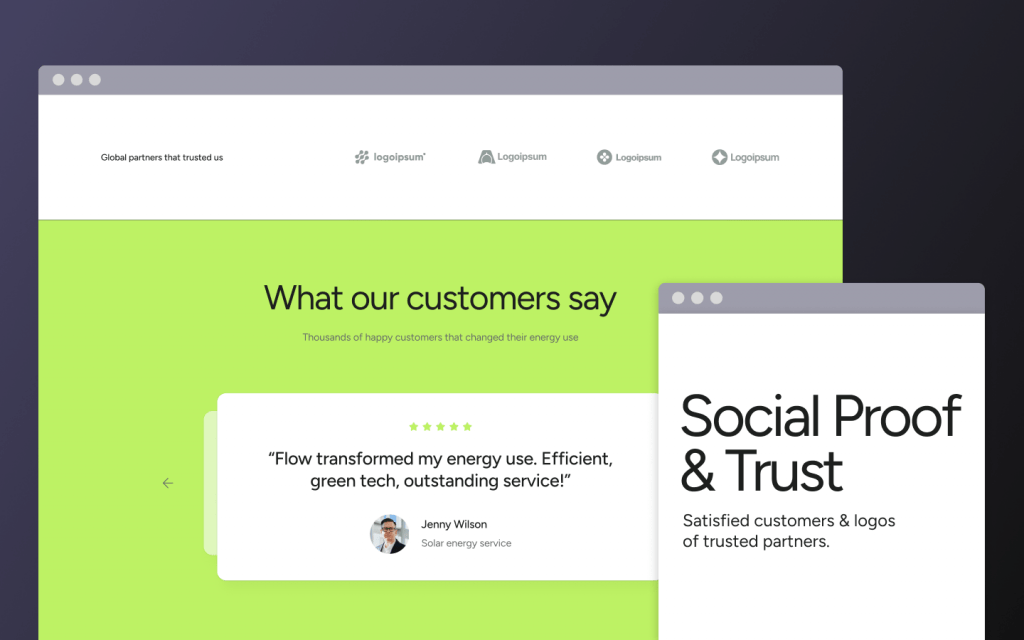
Mobile Optimization
With an increasing number of users accessing websites on mobile devices, it’s crucial to ensure that your website is fully optimized for mobile responsiveness. A mobile-friendly design ensures a seamless user experience across all devices and screen sizes, reducing bounce rates and improving conversions.
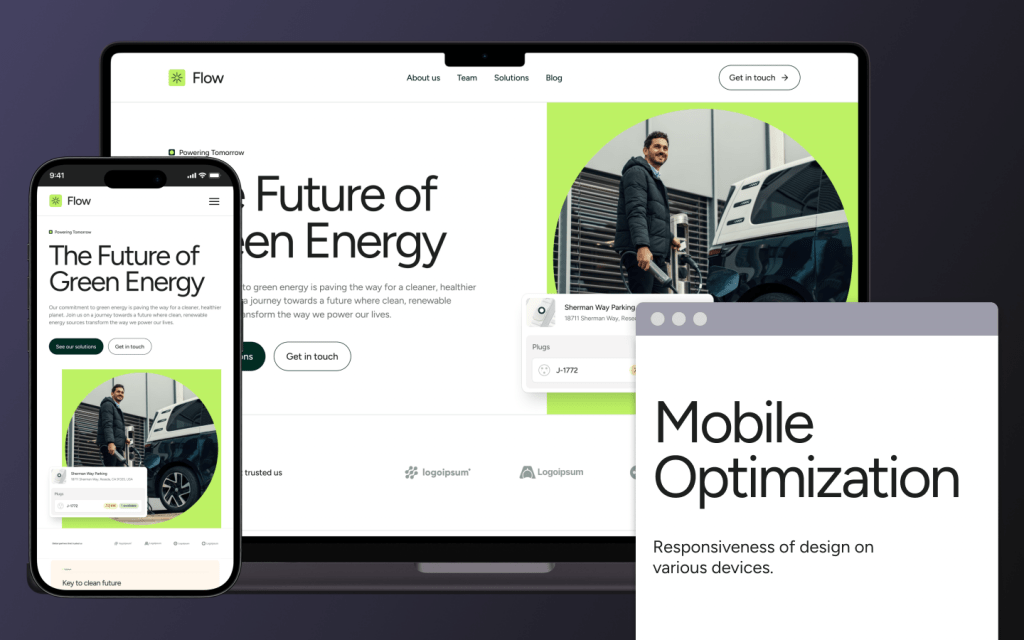
A/B Testing and Optimization
Continuous testing and optimization are key components of conversion-focused website design. By experimenting with different layouts, messaging, and design elements, businesses can identify what resonates best with their audience and refine their approach to maximize conversions.
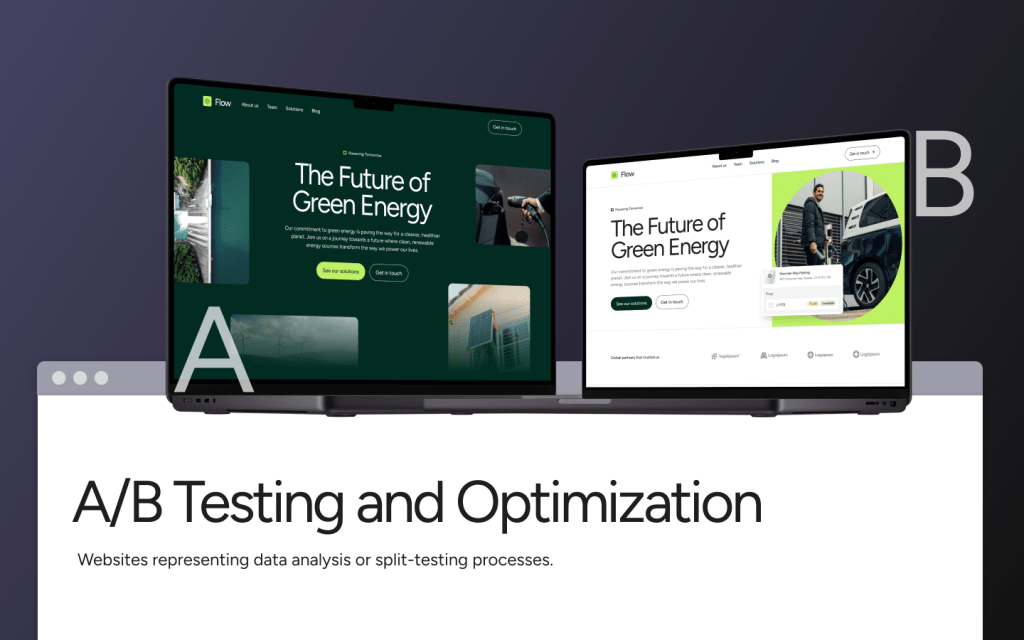
SEO Best Practices for Conversion-Focused Website Design
In addition to optimizing for conversions, it’s essential to consider search engine optimization (SEO) best practices to ensure your website ranks well in search engine results pages (SERPs) and attracts organic traffic. Here are some SEO tips to complement your conversion-focused design:
- Keyword Research: Conduct thorough keyword research to identify relevant keywords and phrases that your target audience is searching for. Integrate these keywords naturally into your website’s content, meta tags, and headings to improve visibility in search results.
- High-Quality Content: Create high-quality, informative, and engaging content that addresses the needs and interests of your target audience. Valuable content not only attracts visitors but also encourages them to stay on your website longer and take action.
- Page Speed Optimization: Optimize your website’s loading speed to provide a better user experience and improve search engine rankings. Compress images, minify CSS and JavaScript files, and leverage browser caching to reduce load times.
- Mobile Optimization: Ensure that your website is mobile-friendly and optimized for mobile search. Google prioritizes mobile-friendly websites in its search rankings, so optimizing for mobile is essential for SEO success.
- Schema Markup: Implement schema markup to provide search engines with additional context about your website’s content, such as product information, reviews, and business details. Schema markup can enhance your search listings and improve click-through rates.
Conclusion
Conversion-focused website design combines user-centric design principles with strategic optimization techniques to drive meaningful results for businesses. By prioritizing conversions and integrating SEO best practices, businesses can create websites that not only attract visitors but also compel them to take action, ultimately leading to increased leads, sales, and revenue.
